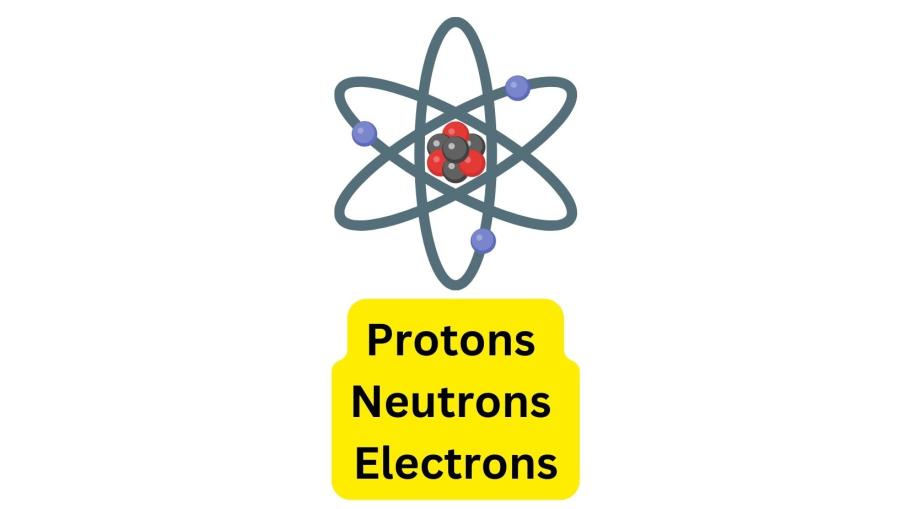How Long Do the Northern Lights Typically Last?
The Northern Lights, also known as Aurora Borealis, are a natural light display that occurs in the Earth's sky, primarily in the high-latitude regions. These mesmerizing celestial shows are caused by the interaction between charged particles from the sun and the Earth's atmosphere. The duration of the Northern Lights can vary significantly depending on several factors, including solar activity, time of day, season, and geographic location.

Factors Affecting The Duration Of The Northern Lights
Solar Activity
- Sunspots and Solar Flares: The number and intensity of sunspots and solar flares directly influence the duration and intensity of the Northern Lights. These solar phenomena release large amounts of energy and charged particles, which interact with the Earth's magnetic field to create the aurora.
- Coronal Mass Ejections (CMEs): CMEs are massive clouds of charged particles ejected from the sun's corona. When they reach Earth, they can trigger intense geomagnetic storms, leading to prolonged and spectacular auroral displays.
Time Of Day And Season
- Darkness and Clear Skies: The Northern Lights are best visible during dark hours and under clear skies. The absence of sunlight and cloud cover allows for optimal viewing conditions.
- Winter Months (September to April): The winter months, particularly from September to April, offer the best chances of witnessing the Northern Lights. This is due to the longer nights and increased darkness during this time of the year.
- Peak Hours (10 pm to 2 am): The Northern Lights are typically most active and visible between 10 pm and 2 am local time. This is when the Earth's magnetic field is most receptive to the charged particles from the sun.
Geographic Location
- Northern Latitudes (above 60 degrees): The Northern Lights are primarily visible in the northern latitudes, above 60 degrees. This includes regions such as Alaska, Canada, Scandinavia, and parts of Russia.
- Proximity to the Arctic Circle: The closer you are to the Arctic Circle, the more frequent and intense the Northern Lights displays tend to be. This is because the magnetic field lines are stronger in these regions.
- Viewing Spots: Some popular viewing spots for the Northern Lights include Fairbanks, Alaska; Yellowknife, Canada; Tromsø, Norway; and Abisko, Sweden. These locations offer relatively dark skies and high chances of auroral activity.
Typical Duration Of The Northern Lights
Average Duration
- 15 minutes to several hours: On average, the Northern Lights can last anywhere from 15 minutes to several hours. The duration depends on the intensity of the solar activity and the viewing conditions.
- Occasionally lasting all night: In rare cases, particularly during strong solar storms, the Northern Lights can persist throughout the night, creating a mesmerizing celestial spectacle.
Factors Influencing Duration
- Intensity of the solar activity: The stronger the solar activity, the longer the Northern Lights are likely to last. Intense solar storms can produce auroral displays that last for hours or even all night.
- Time of year and location: The time of year and geographic location also influence the duration of the Northern Lights. During the winter months and in regions closer to the Arctic Circle, the displays tend to be longer.
- Weather conditions: Clear skies and dark conditions are essential for optimal viewing of the Northern Lights. Cloud cover and light pollution can significantly reduce visibility.
Variations In Duration
- Short-Lived Displays: Some Northern Lights displays may be short-lived, lasting only a few minutes. These brief flashes or streaks are often associated with weaker solar activity.
- Long-Lasting Displays: On the other hand, strong solar activity can produce long-lasting auroral displays that can persist for hours or even all night. These displays are often accompanied by vibrant colors and dynamic patterns.
- Seasonal Variations: The duration of the Northern Lights also varies seasonally. In the summer months, the displays tend to be shorter and less frequent due to the shorter nights. Conversely, during the winter months, the longer nights and increased darkness provide more opportunities for prolonged auroral activity.
The Northern Lights are a captivating natural phenomenon that can vary significantly in duration depending on various factors. While the average display lasts from 15 minutes to several hours, intense solar storms can produce auroral shows that persist throughout the night. The best time to witness the Northern Lights is during the winter months, particularly between 10 pm and 2 am local time, in regions above 60 degrees latitude. With a bit of luck and clear skies, you can experience the awe-inspiring beauty of the Northern Lights firsthand.
YesNo

Leave a Reply